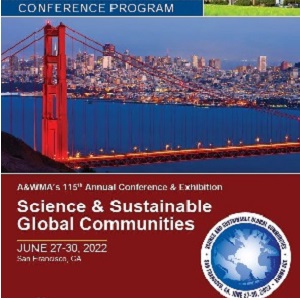Back
Student Poster
Air Measurements, Monitoring, and Controls (AA)
Session : Technical and Student Poster Session
1186285 - Impact of Wildfire Emissions on Vulnerable Populations in the Inland Northwest (Student Poster #23)
Tuesday, June 28, 2022
10:45am – 12:15pm PT
Location: Exhibit Hall
- BB
Brooke H. Baker
Gonzaga University Undergraduate Civil Engineering Student
Gonzaga University
Spokane, Washington
Primary Author(s)
Wildfire smoke and its subsequent negative effects have had a resounding impact on the general population throughout the last two decades. Current research being done on this topic seeks only to analyze the ways in which wildfire micro particles negatively impact the general population at large. This research aims at focusing more intently at how wildfire smoke disproportionately impacts those who are considered vulnerable populations, such as those with lower socioeconomic status, pregnant mothers, infants, people with respiratory illnesses. A survey was developed using the Knowledge, Attitudes and Behavior (KAB) Framework, which recognizes the interactive relationship between the three KAB dimensions . For example, what a person knows may affect their attitudes about the topic, and how they feel about the topic may influence behavior. By evaluating all three aspects a broader understanding of the impact of wildfire smoke can be investigated. How are those in socially vulnerable populations impacted by indoor microparticles in comparison to those with consistent living, working, and sleeping conditions? How can we more beneficially aid those who don’t have access to clean, filtered indoor spaces during wildfire smoke events? We predict that those within socially vulnerable populations will be more proportionately disadvantaged when it comes to having access to clean air spaces during smoke events. The responses gathered in our survey will begin to paint a clear picture of whether or not that is true. This research aims at answering these questions through the use of survey analysis as well as particle monitoring in lower income residences.

.jpg)
